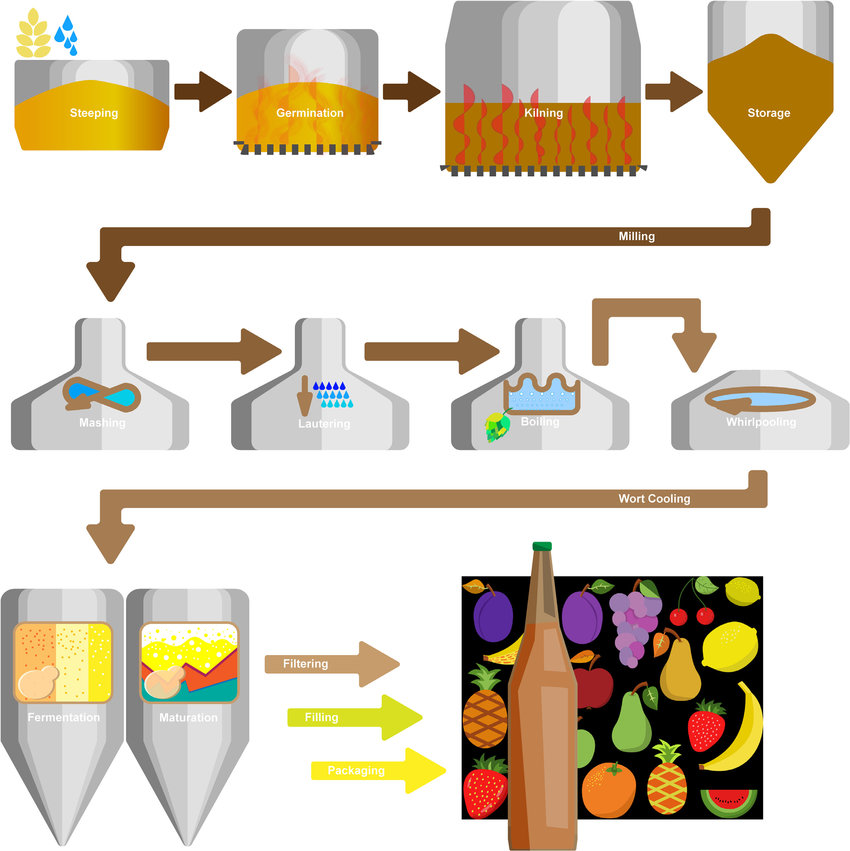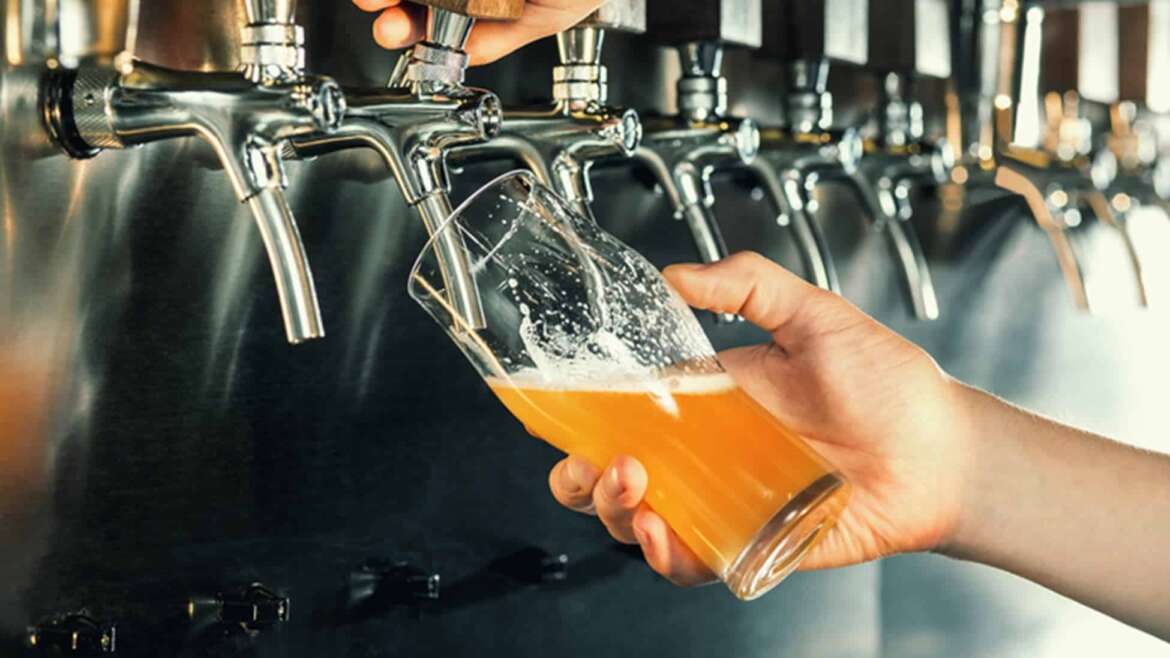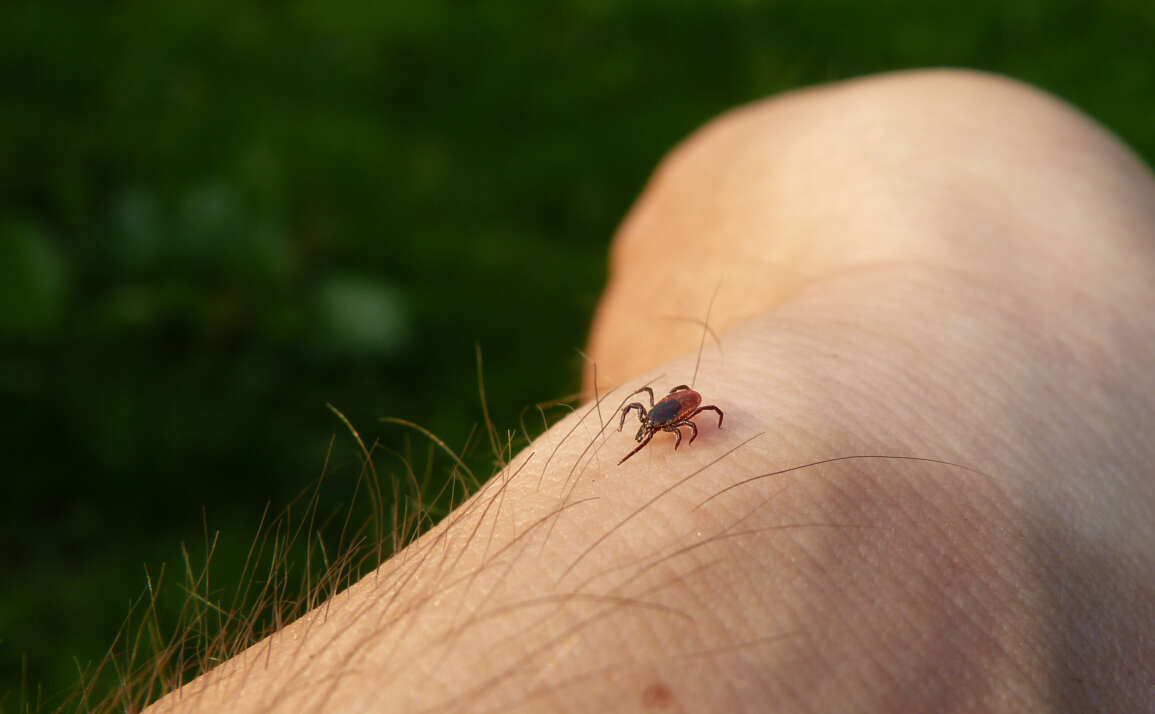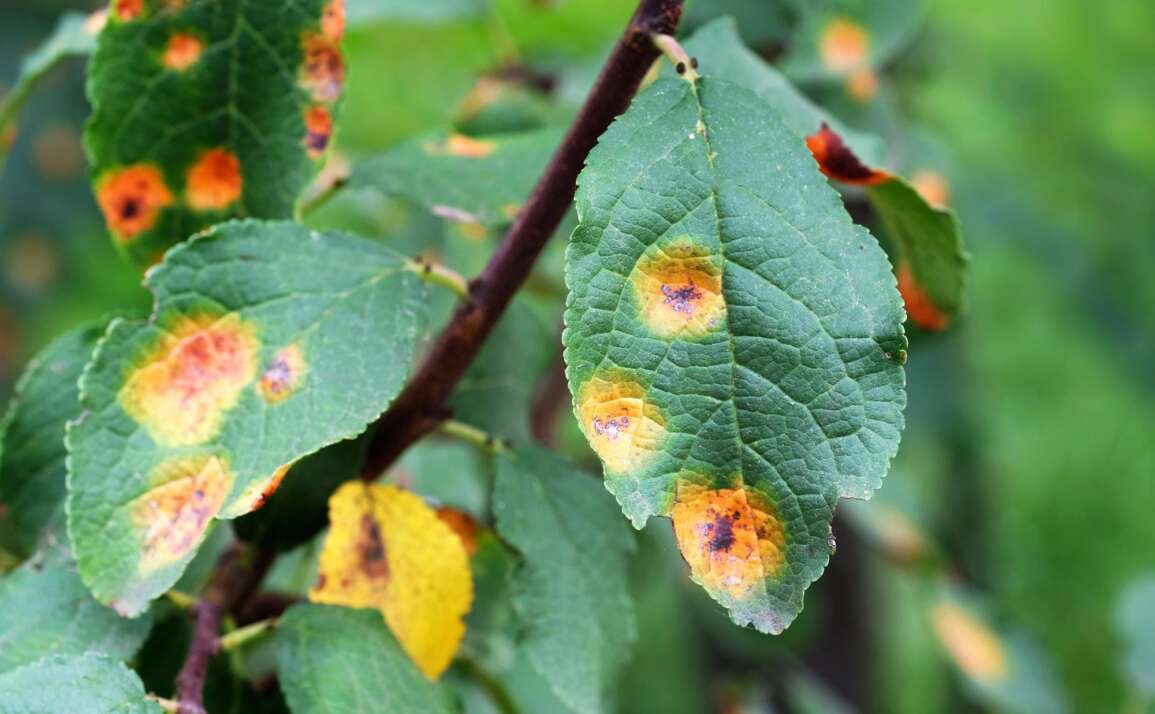Unhappy hour: Exploring pesticide use in beer
With football season upon us, many Americans stock up on their favorite beers to enjoy as they cheer on their teams. While natural and organic wines continue to gain market share, organic beer innovation trails behind. The agricultural complexity of sourcing and brewing beer is outlined below.
By Jasmine Singh, CEO
Pesticides are commonly used in agriculture to protect crops from pests and diseases, but their residues can sometimes find their way into consumer goods, including beer and wine. The types and amounts of pesticides used may vary depending on the region, climate, and specific farming practices. Similarly, organic labels differ in meaning for products based on the origin and certifying body.
The production of beer has a variety of factors impacting final pesticide residues in the brew:
Sourcing
Water is the most straightforward ingredient in brewing beer. The other primary ingredients in beer such as malted barley, hops, and yeast further complicate the process. The flowers of the hop plant (Humulus lupulus) enhance the tasting notes of beer, from fruity to bitter. However, like most crops, hops are susceptible to various pests and diseases like mildew. Pesticides help mitigate these issues, with synthetic options typically utilized. With less than 1% of hops being organic, finding and securing a reliable supply can be challenging for mass production.
Brewing
There are multiple steps from harvest to bottling, including the removal of hops as well as fermentation. Pesticides used on hops and barley may degrade during fermentation, depending on the chemical properties in addition to factors such as temperature, pH, and the specific strains of yeast and microorganisms used in the fermentation process. For example, several organophosphate pesticides are susceptible to degradation due to hydrolysis, and the action of yeast and other microorganisms in the fermentation process. On the other hand, neonicotinoid pesticides are relatively stable compounds and are not likely to degrade significantly during fermentation. These pesticides act on the nervous system of insects and are known for their persistence in the environment.

Consumer Demand
The popularity and demand for organic beer has been growing, reflecting broader consumer trends. The craft beer movement, with its emphasis on quality, local ingredients, and sustainable practices, has played a significant role in the rise of organic beer. Many small and independent craft breweries have embraced organic ingredients and production methods.
In addition to sourcing difficulties mentioned previously, brewers must adhere to strict organic certification standards to produce organic beer, which involves administrative work, inspections, and oversight of organic farming practices for ingredients.
Overall, the prevalence of pesticides in beer is subject to regulation, monitoring, and the methods of both farmers and beer producers. The growing demand for organic and sustainable produce helps drive innovative pest management products and strategies.



